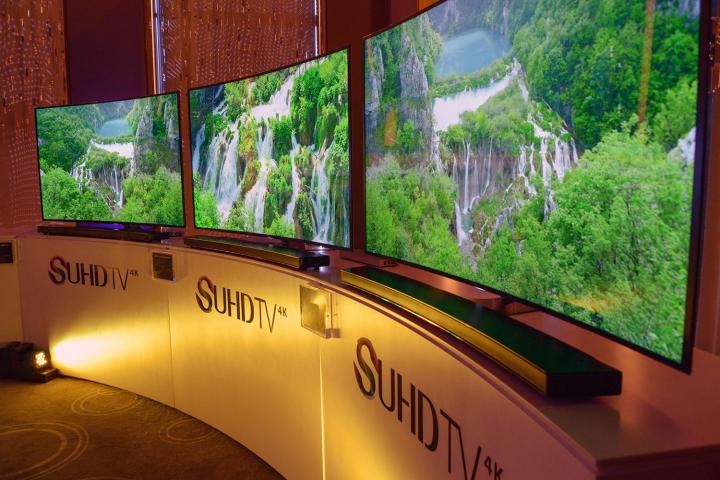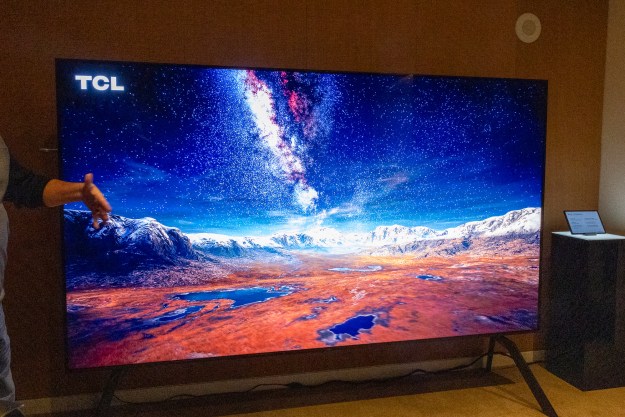
With the increased resolution bump in 4K TVs, a new codec was needed to compress all those extra pixels, and currently the codec of choice is H.265 or HEVC (high efficiency video codec). The future of the codec was in jeopardy, however, as the HEVC Advance group, which represents the codec’s patent holders, wanted to charge a hefty sum for its use.
HEVC Advance has announced that it has significantly reduced the royalty rates it charges for use of the codec, which is good new for current 4K TV owners. If the codec were too expensive for companies to use, both content providers like Netflix and Amazon as well as TV manufacturers like Samsung and LG would be forced to find an alternative. This wouldn’t be much of a problem for customers who hadn’t upgraded to
“After our initial pricing announcement we reengaged with key segments of the HEVC community, including content owners and distributors as well as device manufacturers, to better align our licensing structure and rates with the industry’s long-term technology goals,” HEVC Advance CEO Peter Moller said in a press release (PDF link) issued by the group. “We are pleased with the results of our industry engagement and confident that the revised pricing structure and rates balance the needs of both HEVC users and patent owners.”
In addition to cutting rates, the new agreement also waives rights for public and non-profit TV broadcasting as well as over-the-air broadcasts. The revised agreement also sets a cap, which can reach as high as $40 million per year depending on how the service is used, but is still significantly cheaper than it had been.
This doesn’t mean that companies like Netflix won’t continue to work on their own compression, but it should mean that you won’t need to replace your 4K smart TV in a year.
Editors' Recommendations
- What we want to see from the next Apple TV 4K
- Samsung’s new 98-inch DU9000 4K TV is just $4,000. Can it beat TCL and Hisense?
- Vizio’s first 86-inch 4K TV is coming soon, for $999
- Belkin drops a $50 mount for iPhone video calls on Apple TV 4K
- If you don’t see CBS in 4K on YouTube TV, try this


